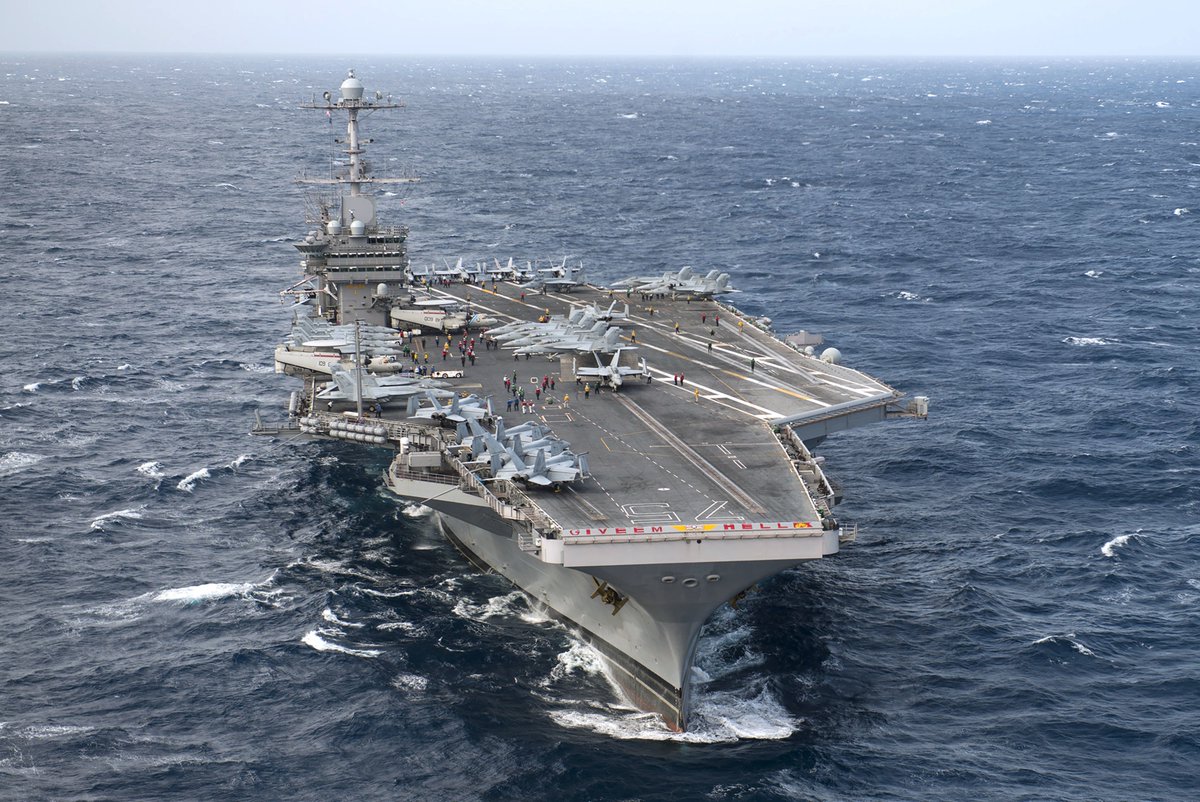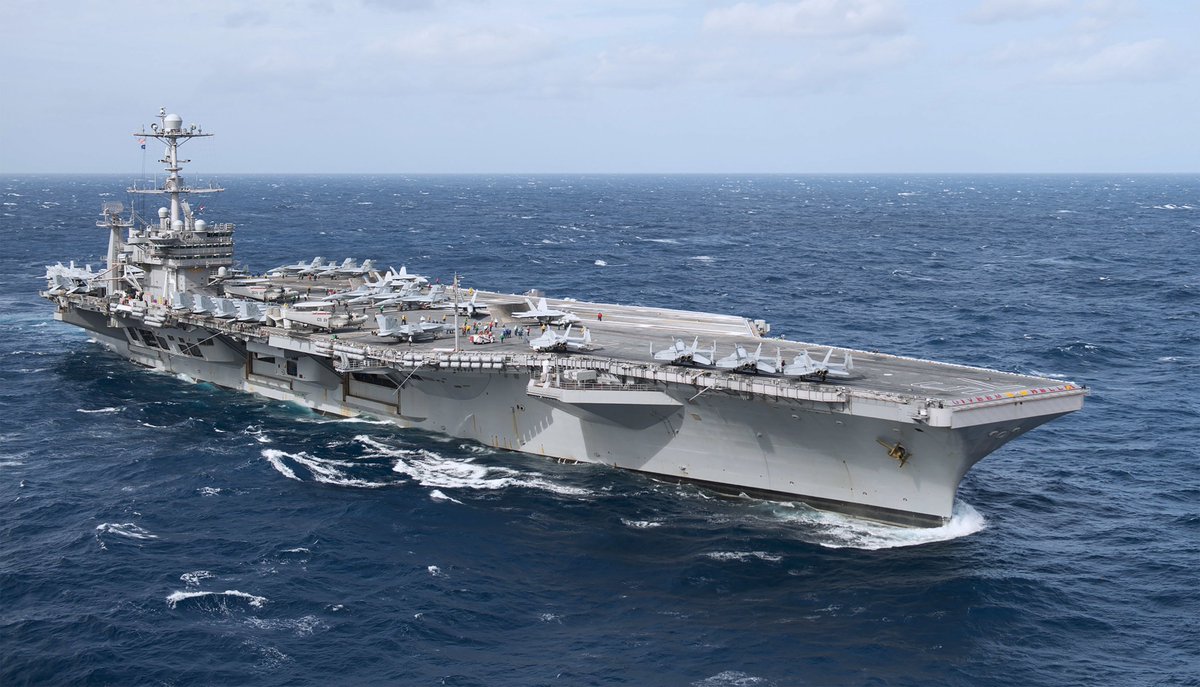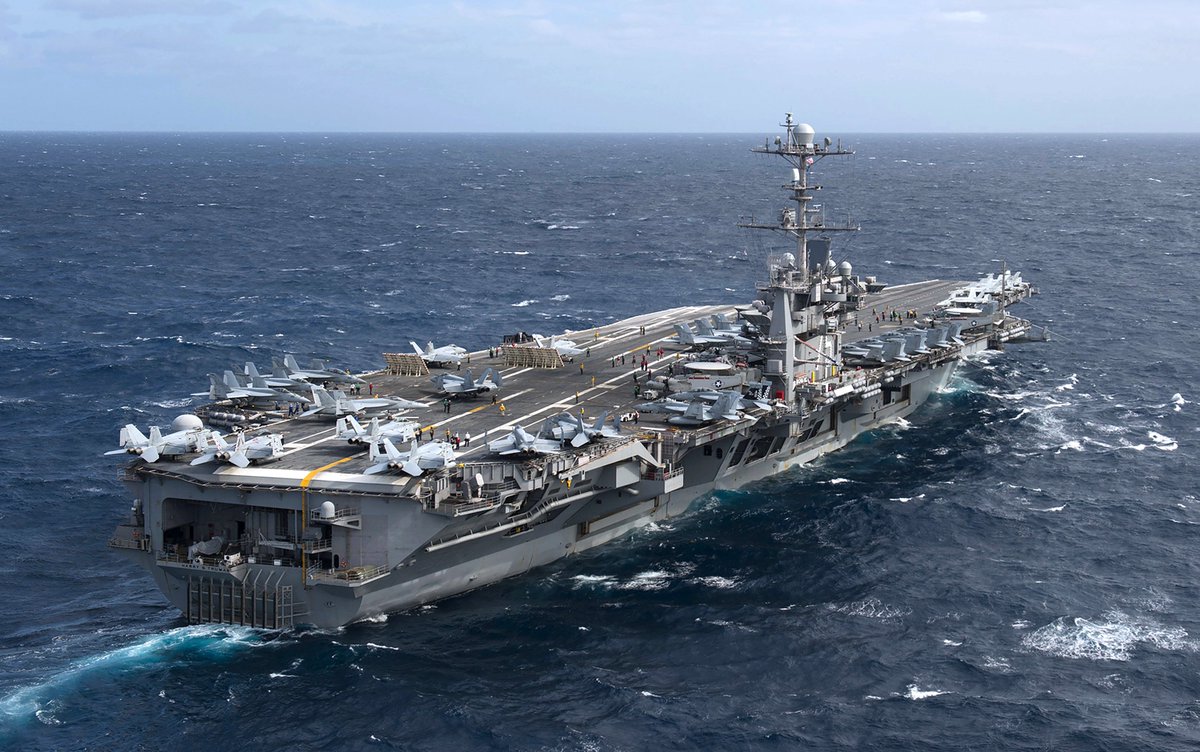The fleet needs smaller, cheaper
than the badly
, ex-Navy pilot
has long argued. No way, “Bigger Aircraft Carriers Are Better,” declares a recent
– widely publicized by the carrier industry’s advocacy group,
– citing a
that RAND did for the Navy. But McCain is unlikely to be convinced, and RAND actually thought at least one kind of smaller carrier was worth considering.
The RAND report doesn’t refute McCain’s argument, a Hill staffer told me, because it doesn’t really answer the question the Senate Armed Services chairman was asking. “They looked at them (the alternative designs) against the mission set the
Ford does in
” – a major war against a sophisticated adversary like
– “and not surprisingly found out they’re not as good,” the staffer said. “They punted on the whole spectrum of other things aircraft carriers can do where a
Ford is overkill and where a smaller carrier might be more suitable.”
RAND also makes only passing mention of one of
, that “The Navy should also pursue a new ‘high/low mix’ in its aircraft carrier fleet,” to quote his white paper,
. “Traditional nuclear-powered supercarriers remain necessary to deter and defeat near-peer competitors, but other day-to-day missions, such as power projection, sea lane control, close air support, or counterterrorism, can be achieved with a smaller, lower cost, conventionally powered aircraft carrier.”
RAND did say such a mix of larger and smaller flattops working together, each taking on different missions, “might lower risk somewhat” and make it more “manageable. But the thinktank didn’t study it in depth as a long-term solution.
So, the RAND report may not meet the legal mandate. In the final language passed by the House and Senate, the National Defense Authorization Act for 2016,
, orders the Navy to report to Congress on alternative carrier designs
- “for a range of operational scenarios”;
- “that would replace or supplement the CVN–78 class aircraft carrier” (emphasis ours); and
- “ranging from less than 20,000 tons to greater than 100,000 tons.”
However, the RAND report
- only analyzed performance in “the most stressing scenario,”
- looked at a “lower-cost carrier replacement” for the Ford that would “over time, define the carrier force”; and
- only looked at sizes from 20,000 to 100,000 tons, nothing smaller or larger.
While McCain advocates smaller carriers, the NDAA also asks the Navy to study something
bigger than the current supercarriers, examining both ends of the spectrum – which RAND didn’t do.
Even if you set aside all of the criticisms above, however, “bigger is better” still isn’t a fair summary of what RAND said. The study really boils down to “smaller has tradeoffs.” For some alternative aircraft carrier designs, the thinktank concluded the reduction in cost wasn’t worth the reduction in combat effectiveness. For others, RAND said, it might be – notably for a midsized nuclear carrier about 30 percent smaller than the
Ford.
Four Options
RAND looked at four notional designs, each with its own strengths and weaknesses in a major war (and each with a nigh-incomprehensible designation):
At the high end: a
100,000 ton nuclear carrier (CVN 8X), a slightly less expensive version of the
Ford. RAND found this ship sacrificed some sortie generation capability – the ability to
, refuel and rearm them, and
, over and over – for “only incremental reduction” in cost. By the time you’d paid to develop and debug the new design, there might be no savings over the
Ford class at all.
At the low end: a
20,000 ton conventionally powered carrier (CV-EX), a modern version of the escort carriers of World War II. Such a small deck couldn’t operate a
, only jump-jets like the
, tiltrotors like the
, and
– and not many of those. Other capabilities like
would have to come from larger carriers and land bases that can accommodate larger aircraft, or the Navy would have to develop new vertical take-off and landing aircraft for those roles. So the escort carrier “is not a practical variant at all,” RAND said, without major and potentially expensive changes in how the Navy operates.
...
















